On October 8, news about the fraud made by the Japanese steel company Kobe Steel was exposed, and public opinion was in an uproar. Kobe Steel, founded in 1905, admitted on the same day that between September 2016 and the end of August 2017, it violated the contract and tampered with quality data such as strength and dimensions. The products involved included 19,300 tons of aluminum parts and copper. There are 2,200 tons of products and 19,400 pieces of aluminum forgings, accounting for about 4% of the annual sales of the aluminum and copper businesses. According to relevant media reports, this part of the product may have flowed to nearly 200 customers, spreading to aviation, automotive, aerospace rockets and other fields. Japanese car companies such as Toyota, Nissan and Mazda have launched investigations to confirm whether the aluminum, copper and steel products provided by Kobe Steel will affect the safety of their vehicles. Among them, Toyota said that the consequences of this problem are very serious, and pointed out that the materials provided by Kobe Steel are mostly used for the engine hood, rear doors and peripheral areas of the vehicle.
Vehicle safety has always been a hotspot in the automobile manufacturing industry. The explosion of Kobe Steel fraud has once again pushed safety issues to the forefront of public opinion. With the current development of automotive technology and the increasing demand for lightweight body, in addition to the widely used steel, more and more new materials have been added to the car, such as carbon fiber, engineering plastics, nylon, resin and other materials are used in the body and zero Components, replacing traditional materials such as cast iron, alloy and glass. Are these body materials safe? What other safety hazards are easily overlooked? Let's take a closer look.
Bumper: Is the plastic material reliable?The bumper is an indispensable part of the passive safety of the vehicle, and is an important safety component to protect the vehicle in function. Early car front and rear bumpers were mainly made of metal materials, generally stamped from steel plates, riveted or welded to the frame longitudinal beams. Nowadays, car bumpers are made of plastic materials, and are no longer hard metal bumpers. Many people doubt the safety of plastic bumpers while wondering why the metal bumpers were eliminated.
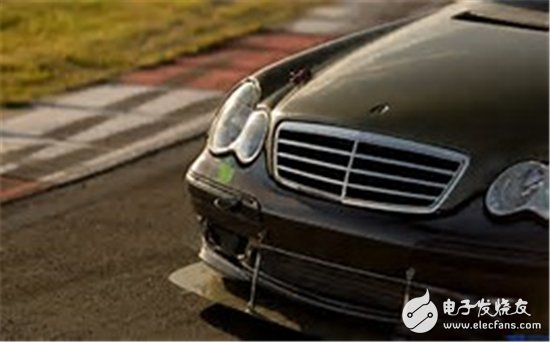
In fact, the use of plastic materials is mainly due to the many disadvantages of metal bumpers. For example, it is difficult to repair after an accident, the collision force is relatively large when the accident occurs, the vehicle is affected by the collision more violently, and the vehicle and the person are injured when the accident occurs. The impact is relatively large, the metal bumper increases the weight of the car, and increases the fuel consumption of the vehicle.
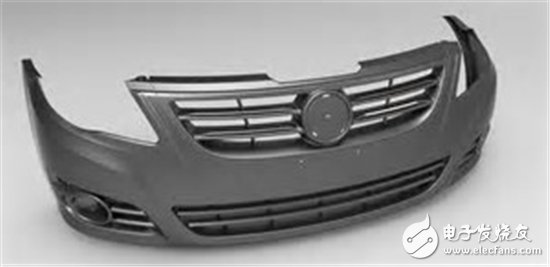
The primary role of modern bumpers has changed from protecting the structural components of the car body to being functional accessories that protect pedestrians and reduce damage. Toughened (modified) polypropylene material is mainly used as raw material for injection molding (polypropylene plastic, commonly known as PP material). This material has the advantages of light weight, corrosion resistance, high strength and good rigidity, especially from impact PP The blended modified material composed of copolymer, styrene elastomer and polyolefin rubber has high rigidity, impact resistance, scratch resistance and paintability. After the injection molding bumper is loaded, it is subject to 8km/h The impact is not broken, and has the elasticity of recovery, the performance is similar to polyurethane, and the cost is reduced by 10% to 20%.
Due to the good elasticity of plastic, combined with the plastic foam material filled inside, it can effectively relieve the impact force. With the reasonable design of the front bumper, the plastic bumper can effectively reduce the injury of pedestrians when they are hit, and it is also easier to repair. Reduce manufacturing costs and maintenance costs, but also help reduce body weight. But the disadvantage is poor low temperature resistance.
Fuel tank: safety has nothing to do with materialAt present, various brands on the market use different fuel tanks according to the characteristics of different models. Some Mercedes-Benz and Jaguar models use metal fuel tanks, Lexus IS uses multi-layer resin fuel tanks, ES uses steel tanks, and NX uses iron tanks. However, because plastic fuel tanks can reduce weight, provide greater volume under the same conditions, have strong plasticity, and can be designed according to the shape of the car body, and the cost is lower, so many models start to use plastic fuel tanks.
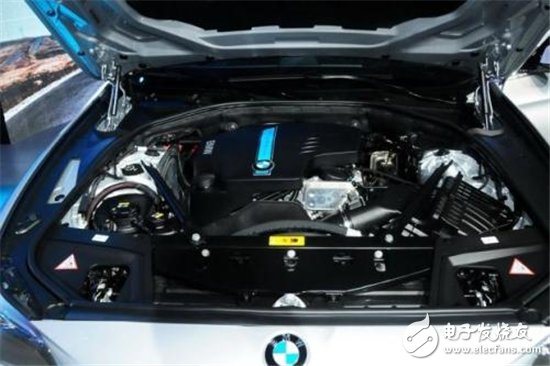
In the accident of fuel tank collision and fire, many people questioned that the material of the fuel tank is the culprit that devours human lives. So which of plastic and metal fuel tanks is safer in rear-end collision or collision? Industry experts said that when designing the vehicle, the fuel tank will be placed in the non-collision area of ​​the vehicle. According to the requirements of most countries or regions in the world, the fuel tank installed on the vehicle must be able to meet the vehicle's leakage without collision at a speed of 50km per hour. Claim. Therefore, the material of the fuel tank is not directly related to whether there will be leakage and combustion after a rear-end collision.
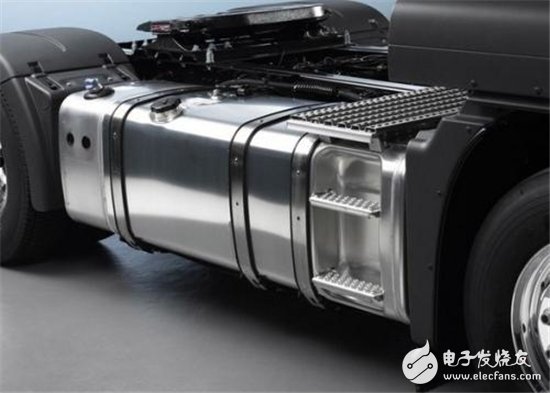
In fact, the material of the fuel tank is mainly related to the performance of the vehicle. Metal fuel tanks and plastic fuel tanks have their own advantages, but no matter what material is used, manufacturers will provide targeted technical protection according to the standard, so the material is not enough to affect the safety of the fuel tank in the event of a collision, as long as the fuel tank itself can meet national standards and performance And design requirements, there is no problem.
In the national standard of "Vehicle Fuel Tank Use Standard" (GB18296-2001) that has been issued, it stipulates that motor vehicle products produced by automobile companies must pass the seal test of the fuel tank cover, the safety valve opening pressure test, the vibration durability test, and the fuel tank. Multiple tests such as withstand voltage. Whether it is a metal fuel tank or a plastic fuel tank, it needs to pass strict inspection of national standards.
Traic Dimming Driver
Fahold offers traic dimming driver for low-voltage led lightings. industry-best Natural Dimming to 0% - LED dimming made beautiful! Dimming behaviour you are used to from incandescent lighting. With Traic dimmer, in any application, such as led suspended ceiling lights . Thanks to Fahold, you get to choose a dimming curve type for your application, set a minimum dimming level and very precise LED currents and much more. Symbiosis uses Fahold to connect sensors, easily adding value to your application.
Dimming your LED lights gives you the freedom to change a scene. You can create an intimate atmosphere in a dining room, or provide a better viewing experience during office presentations. To dim your LED lighting system you need an LED driver that supports that feature while meeting the electrical requirements of your fixture. Traic dimming LED drivers are available in a variety of wattages for both constant current and constant voltage models.
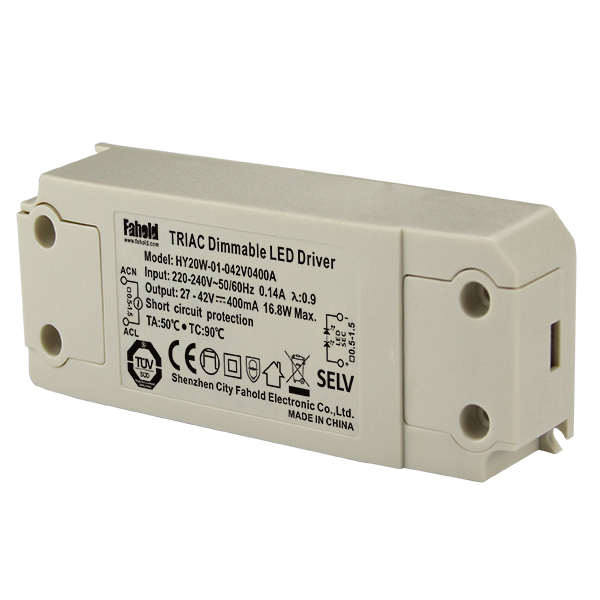
Dimmable Led Driver Transformer,Led Light Fixtures,Led Suspended Ceiling Lights
ShenZhen Fahold Electronic Limited , https://www.fahold.net